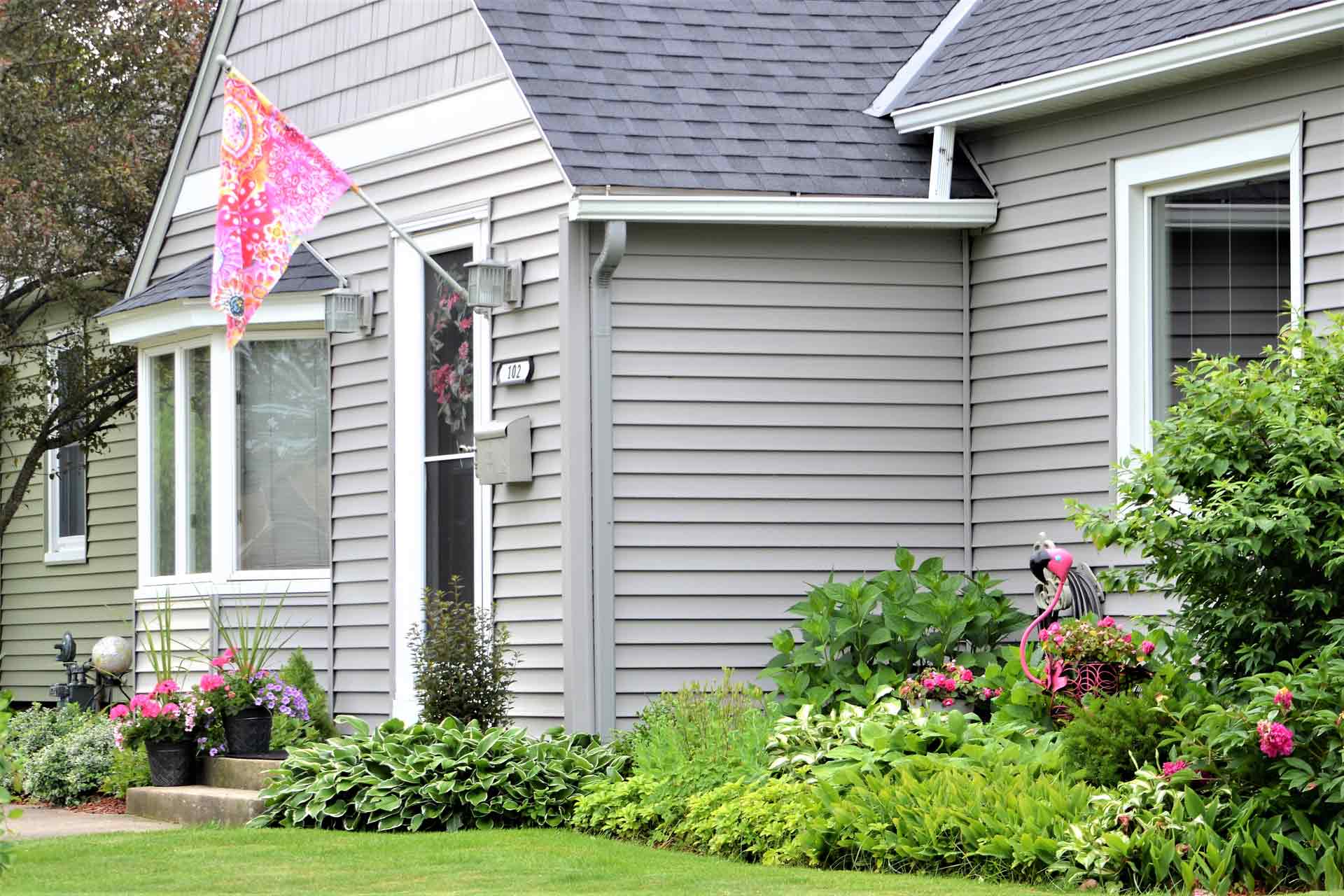
Home siding is a critical component of any home. It adds curb appeal and structural performance. The location of Texas presents challenges for home builders because of the varying weather conditions. Certain areas are dry, humid, hurricane-prone, and towards the north freezing during periods in the year. Living in Texas, your home may experience some of these siding problems:
Buckling and Warping
Heat often deteriorates wood and vinyl siding, and it is especially common in regions near the gulf coast. With extremely hot days and really cold nights, a home’s siding will go through a process of alternating expansion and contraction. If the siding was bonded too tightly to the side of your home it could buckle and even warp. In some cases, it can eventually lead to fissures or fractures. Proper siding installation is essential to ensure that it can tolerate the changes in temperature. A solution to prevent buckling and warping is to choose fiber cement siding. It is a flexible material that is not influenced by warping or pressure.
Fire Hazard
The areas of the Trans-Pecos region, the northern plains, and Texas’ Hill country have a relatively dry atmosphere and high temperatures. That combination may create ideal conditions for a storm to cause a house fire. This is especially concerning if the siding is made from wood beams. Vinyl siding is also a concern during a fire due to the material it’s made of. When ignited, vinyl siding emits dangerous poisons into the air. It’s always recommended having accessible fire exits throughout your home.
Faded Siding
Clear skies make Texas a great place to live, but they also create an additional problem for your home’s siding. Long-term exposure to UV rays can cause solar damage. Even fade-resistant siding can discolor over time. When siding fades it can cause yellowing to happen on your home’s exterior. If the siding is made of wood, fiber cement or vinyl, you’ll have to repaint it at some point. Depending on the nature of the fading the siding may need to be replaced.
Insulation issues
Most siding varieties are resistant to heat. However, the Texas heat can be brutal with temperatures reaching triple digits on a normal summer day. The nights can also be quite chilly with temperatures dropping to 32 °F in the winter months. Traditional siding alternatives such as stone, vinyl, wood, and aluminum can have poor insulation. To properly heat or cool your home the air conditioner could run all day and the heater could run through the night. Resulting in an expensive energy bill. Foam insulation fused with exterior siding is a potential solution to common insulating issues.
Pests
An infestation of bugs is one of the most difficult siding issues to identify. If you notice birds flocking around your property this may be a direct clue that bugs have penetrated your siding. Birds will peck at the siding trying to devour the insects inside. Some common pests include termites and powderpost beetles. Even if your siding is not made from wood, the underlying wood structures are at potential risk.
To keep pests away from your siding, use pesticides or hot water sprayed through a precision nozzle at 160 to 180 °F. You may also use eco-friendly remedies to eliminate bugs from trees that are right next to your home. These trees may be the source of the incoming pest infestation.
Moisture
Siding is designed to keep moisture out of your home but like anything else in the home, it can break down over time. Since Texas has a hotter climate it may take longer for moisture to build up. Wood siding is particularly vulnerable to moisture. To avoid this a treatment can be applied to make the wood resistant to moisture. Warping and buckling can be an indication that moisture is damaging your siding. Any signs of moisture damage should be repaired as soon as possible to avoid other issues like black mold.
Weather Elements
Your home siding is the first line of protection from the elements. Hail does not have to be the size of a tennis ball to damage your siding. In fact, any debris that comes into contact with your siding in strong winds can leave a mark. Certain siding materials like fiber cement can withstand some of the elements. However, siding materials such as classic wood, stone and vinyl, are not as durable during heavy weather conditions. Along with checking your home after major storms, It’s important to regularly inspect the siding of your home for any signs of damage.
The siding of your home can face many issues during its lifespan. For longevity, it’s important to regularly inspect your home either on your own or with an expert. With the Texas climate, it can be challenging to manage your home’s maintenance needs. Identifying the problems early will ensure small siding issues are fixed early.
